Can EV batteries handle Canada's changing climate? Experts weigh in
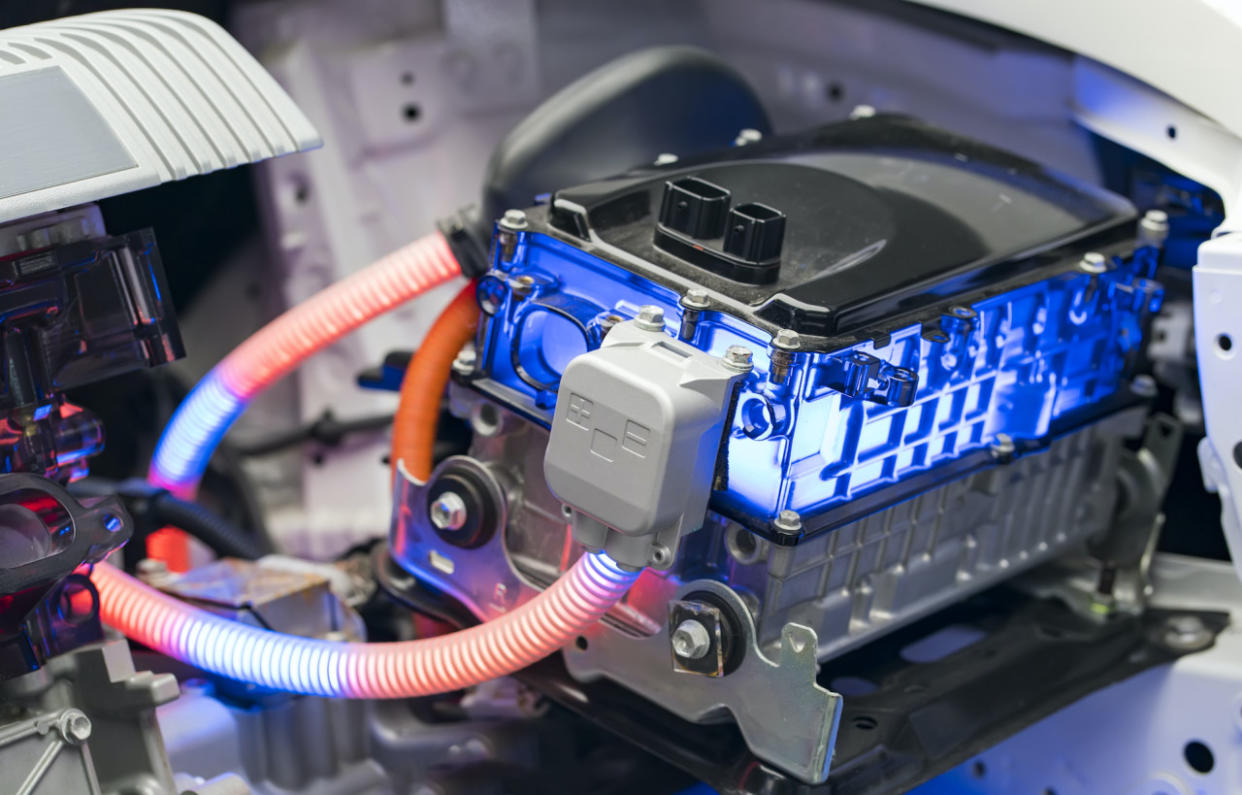
With the steady growth of electric vehicle (EV) sales in Canada amid a changing climate, will the batteries that power them be able to endure more and longer periods of extreme weather?
That is a good question to ask as a number of other concerns have been expressed by Canadians for years over EVs and their components, such as the price, capacity to store dead batteries when the inevitable time comes, range and life cycle, charging infrastructure and access in remote and rural areas, among others.
DON'T MISS: What’s needed to get EVs into rural Canada?
Well, one of the aforementioned challenges may not be as big of an issue compared to others. Battery adaptation to our warming climate in Canada is already happening, according to one organization.
"They do endure the Canadian climate. They've improved a lot over the years, as someone who has had cars [over] multiple years. I had a 2011 Nissan Leaf, which would have been the first generation," said Cara Clairman, president and CEO of Plug'n Drive, in a recent interview with The Weather Network.
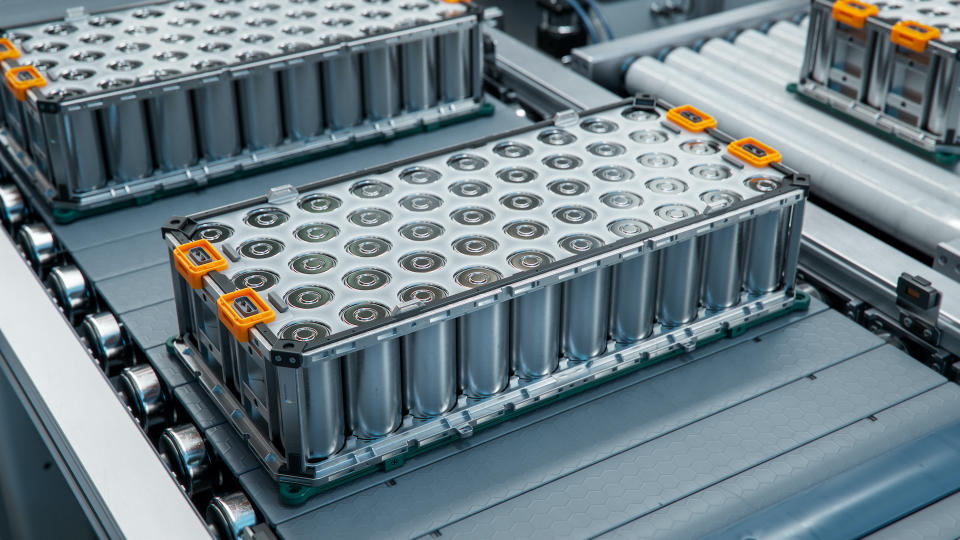
(Getty Images-1570041396)
That is comforting since Canada just experienced its warmest winter on record. With global warming, more temperature extremes and intense storms are to be expected.
Battery thermal management systems have been enhanced
Plug'n Drive, a non-profit organization committed to advocating the adoption of electric vehicles to maximize their environmental and economic benefits, said most fully electric vehicles can travel more than 200 kilometres on a single charge, with some models exceeding 350 kilometres.
A plug-in hybrid vehicle can trek as far as 80 kilometres on the electric battery before it automatically switches to the gas engine.
When comparing Clairman's 2011 EV to the current models, the batteries "do much better" in the cold weather than they did back then, she said.
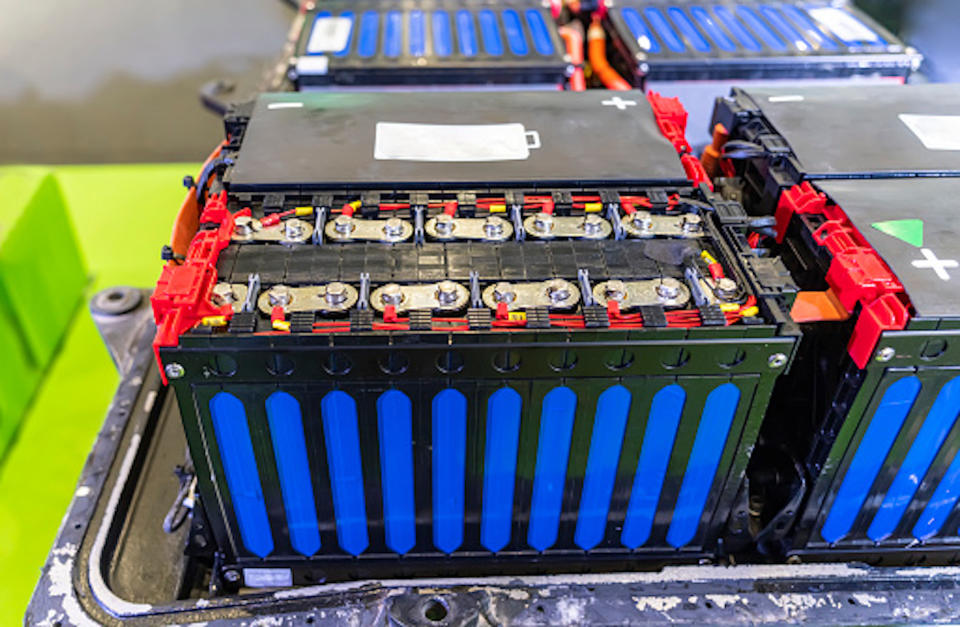
(Getty Images/Kynny1506238226170667a)
"We're seeing lots of improvement in terms of what they call thermal management, which is sort of how they deal with cold weather. And, for the most part, they lose a lot less range than they used to," said Clairman.
A battery thermal management system in EVs is what moderates the temperature of the battery, and functions as a guardrail to ensure the battery performs within prime conditions.
Cold weather impacts 'less of an issue' than before, but still exist
As a result of the improvements, the loss in the range or charge of EV batteries due to cold weather is becoming less of an issue, she added.
SEE ALSO: Is hacking the atmosphere a 'cool' idea to offset global warming?
However, it is still an ongoing matter. In January, there were reports stateside of frigid-cold temperatures leading to a quick draining of batteries.
Clairman said accounts of range depletion resulting from the cold don't sound "out of whack," but it will depend on the brand.
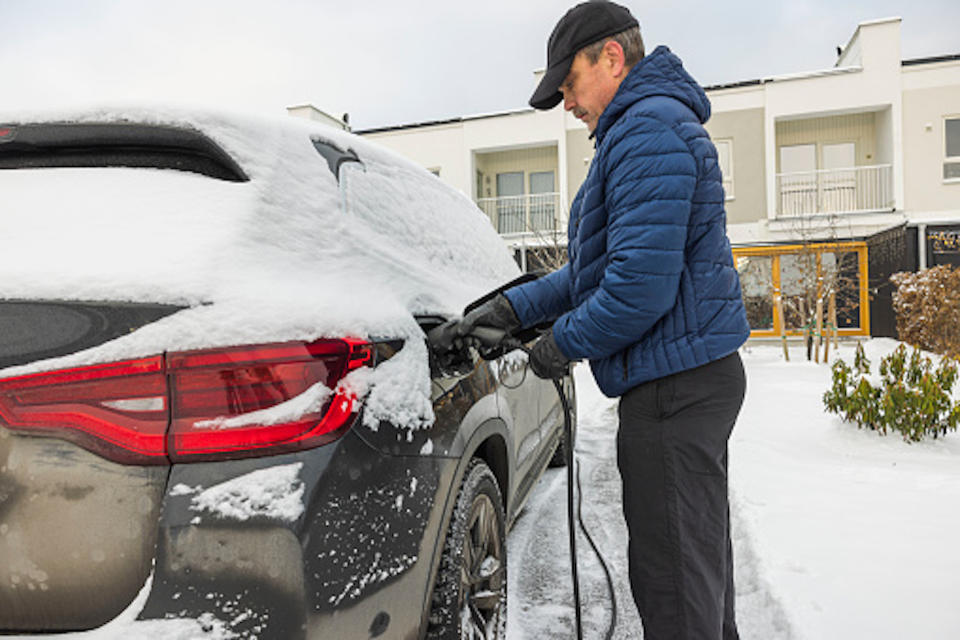
(Getty Images Alexander Shapovalov/1360841823170667a)
She was quick to point out that gas-powered cars don't function well at those temperatures, either, so the issue isn't exclusive to EVs.
"Your battery usually dies in a gas car if you [have temperatures of] -30 C or colder. So, gas cars lose quite a bit of range in the cold weather, as well. It's just you don't notice it as much as you notice it in an electric car," said Clairman.
In some ways, she said, the EV performs just as well, if not better, than a gas-powered car during extreme temperatures.
The Plug'n Drive president and CEO admitted, however, that when temperatures get to "ridiculous" values, such as -30 C or colder, then you will lose some range in the battery.
"For the most part, the batteries are designed to handle a range in temperatures, and [cold] doesn't seem to affect them too negatively," said Clairman. "We don't have all the information because they've only been around for 10 [to] 12 years. But the information we do have shows that the batteries are lasting extremely well."
WATCH: New policy will make EVs more available, but are they right for Canada?
Additionally, rapid charging becomes "impractical" at freezing temperatures since they hinder the usability of EVs in colder climates, according to Farzaneh Sadri, an assistant professor at Queen's University.
However, the battery thermal management systems can mitigate that challenge, she added.
"Unlike smartphones, where exposure to extreme temperatures can quickly drain the battery, EVs incorporate active thermal management systems. These systems typically involve immersing the battery in a glycol bath connected to a heat pump," Sadri told The Weather Network in an email.
The circulation of the glycol solution will maintain optimal temperature levels, she said, allowing for the battery to remain within the appropriate temperature range for optimal performance, even in extreme climates.
Available energy in battery at risk from the cold: Dalhousie expert
However, it’s not so much the life of the battery that is affected by the cold temperatures, it’s the available energy while the cell is chilly, according to Nathaniel Pearre, research engineer at Dalhousie University.
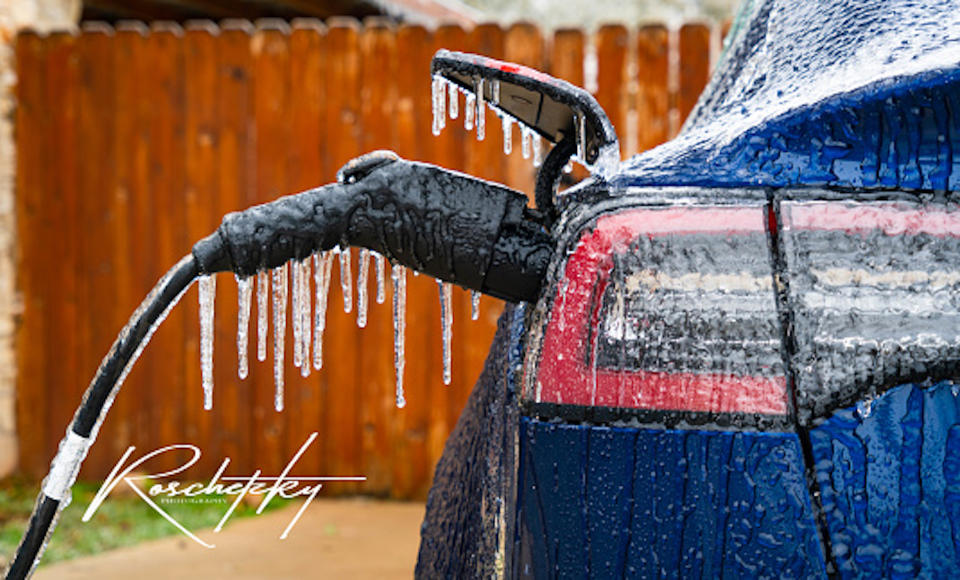
(Getty Images/RoschetzkylstockPhoto/1534306562-170667a)
"So, this is a little bit complicated," said Pearre, in a recent interview with Nathan Coleman, a video journalist at The Weather Network. "When it’s cold, in effect, part of the energy in it is hidden."
He noted that when the battery is very cold, you don't want to charge it fast because that could damage it, even at moderate speeds when the cell is frigid.
Because of the disappearance and the "apparent" vanishing of energy in bitterly cold weather, the EV range will suffer in such conditions, Pearre said. In the most extreme cases, it might be as much as a 50 per cent drop –– in a temperature range of -44 C.
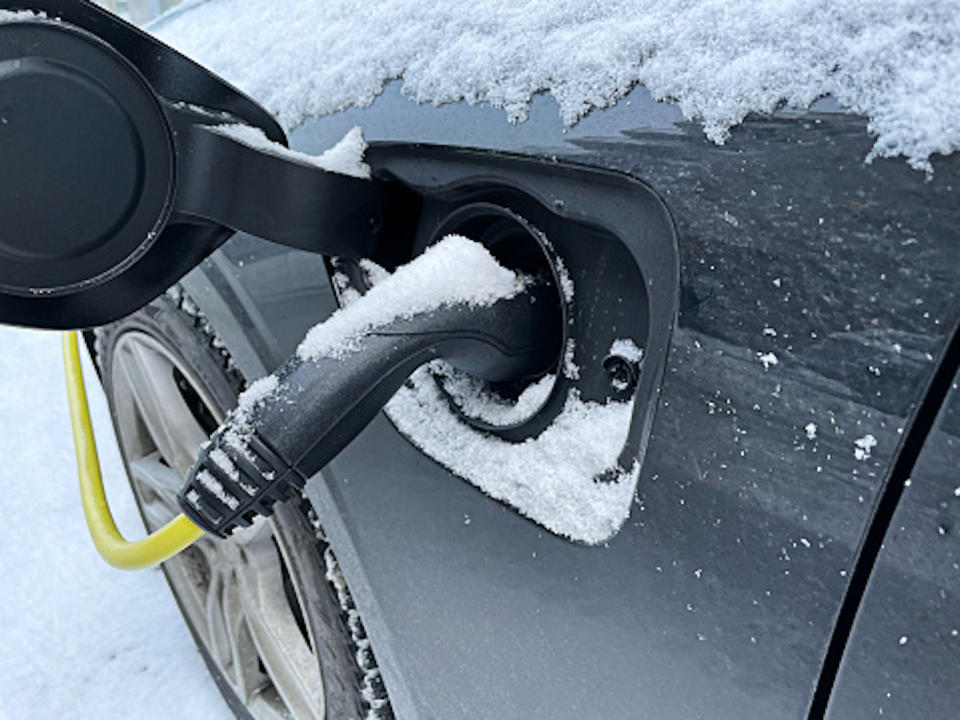
(Getty Images/Susie Hedberg/1449429793-170667a)
"In sort of normal cold weather, in the -10 to -20 C range, it’s going to vary by vehicle make and model, but it might be a 20 or 30 per cent of range loss," said Pearre.
Even if you do lose 20 to 30 per cent of your battery due to the cold, it's not going to have much of a daily effect, Clairman said, since most people won't drive 300 to 500 kilometres in one day.
"Most of us are driving 30 to 50 kilometres every day to the same place. So for most of us, it's just a non-issue," said Clairman.
WATCH: How to tackle electric vehicle battery waste
What about risks from heat and fire?
A considerable challenge for EV batteries is their susceptibility to degradation at high temperatures, which can significantly impact battery lifespan and performance, according to Sadri.
The degradation can occur at temperatures exceeding a range of 30 C to 35 C. However, the thermal management system in EVS will regulate the temperature of the battery, in hot and cold conditions, to prevent damage or a major loss of performance and mileage (kilometres), she said.
That is attributed to the implementation of engineering design considerations in the application.
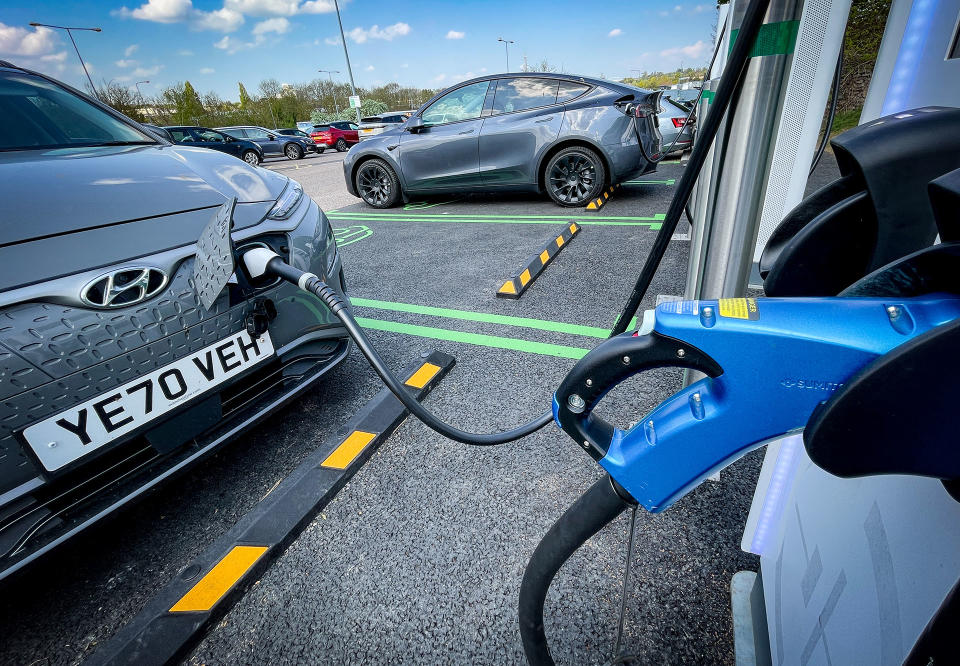
(Matt Cardy/Getty Images)
"Overall, EVs appear to maintain their performance despite temperature fluctuations in Canada. However, it would be wise to await additional statistics regarding vehicle performance across various weather conditions in the years ahead," said Sadri.
The other benefit of EVs and their batteries is the reduced chance of catching fire, compared to internal combustion engine vehicles, Clairman noted.
“There's a much lower fire risk. All the studies show that there is about a 30 times less fire risk with an [EV] battery than with a tank of combustible fuel, which seems kind of obvious," said Clairman.
WATCH: EVs in rural Canada: Barriers and opportunities
Charging infrastructure also built to handle extreme weather
While the batteries are constructed to handle hot and cold temperatures, what about the chargers? Similar to the batteries, they are designed to withstand extremes for the most part, Clairman said.
"I'm pretty sure that that's all been thought through. These stations are upgraded over time anyway, just to be faster," said Clairman. I think that's more of an issue than the weather extremes."
FLO, a company that operates a seamless network of easy-to-use EV charging stations, has a head office in Quebec. Clairman cited the organization as an example of how EV chargers are tested for extreme weather conditions.
"[It] knows about cold weather and [it] tests them...I think [in temperatures as cold as] 50 C," said Clairman.
The renewable industry utilizes numerous varieties of batteries, but the most common type is lithium-ion, considered to be the go-to rechargeable energy source for EVs.
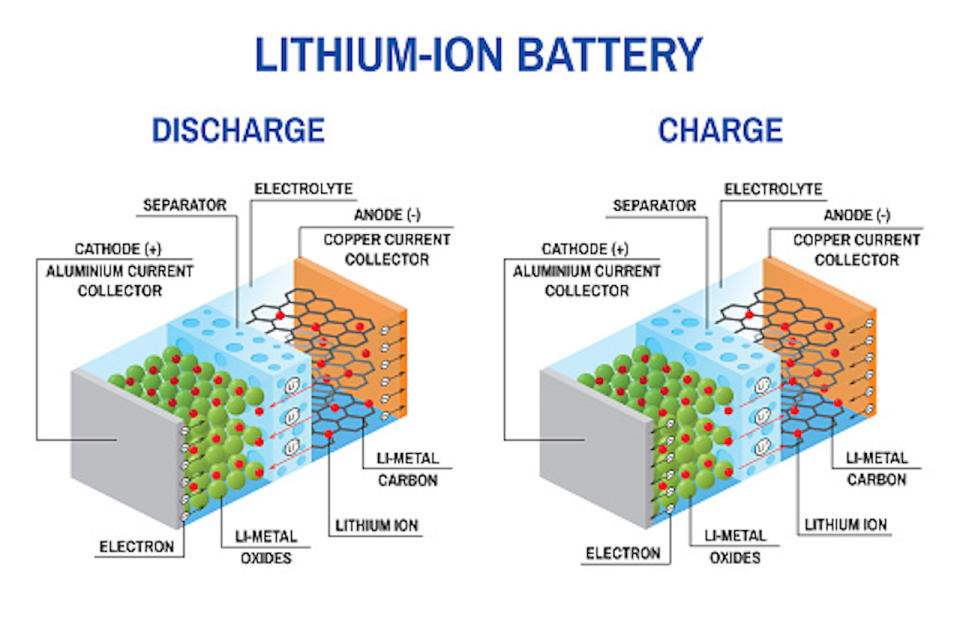
(Getty Images/Ser_Igor/825367806-170667a)
"Lithium-ion batteries are highly suitable for electric vehicles due to their high-energy density, enabling long driving ranges and [resulting in] consistent performance over many charge cycles," said Sadri. "They are safer and more stable than lithium-metal batteries, making them the preferred choice for EVs."
In terms of lifespan, lithium-ion batteries usually last anywhere from five to 15 years, or around 500 to 1,500 charge cycles, she noted. However, it can differ based on usage patterns, charging habits and environmental conditions.
As for replacement costs, they vary on the vehicle make and model, as well as the size and capacity of the battery.
"On average, replacing a lithium-ion battery in an electric vehicle can range from several thousand dollars to $20,000," said Sadri.
WATCH: Canada could be at an EV tipping point
Thumbnail courtesy of Getty Images-1198227851.
Follow Nathan Howes on the X platform, formerly known as Twitter.

